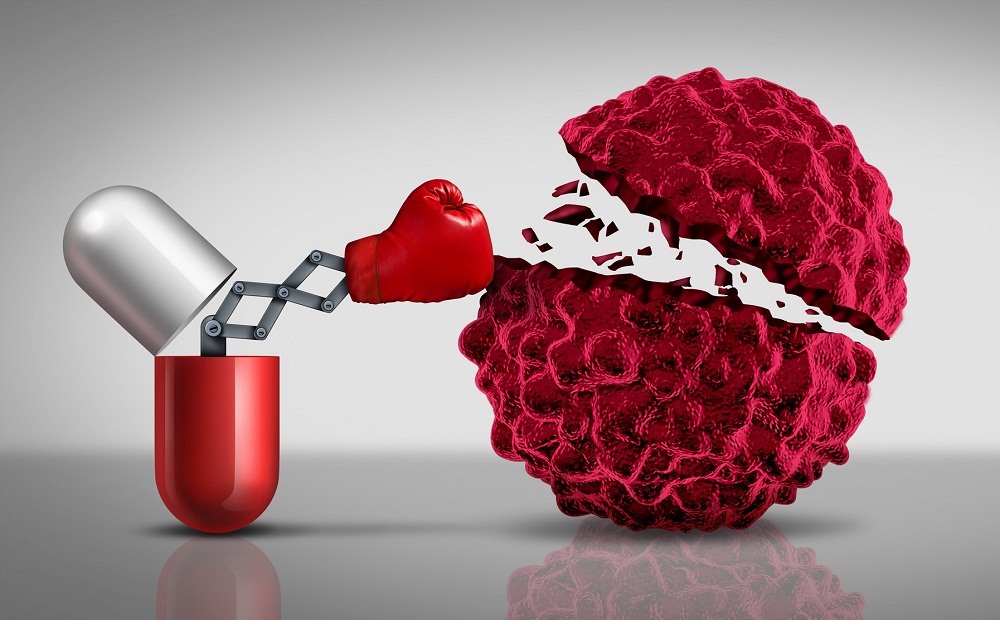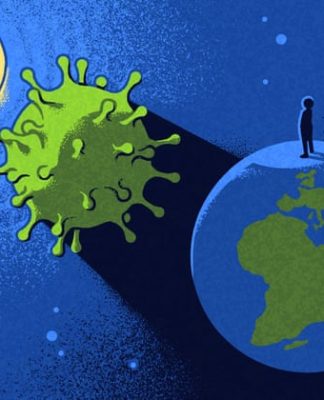How to save your life from Cancer
It is never too early to begin screening for cancer. Although, it is not very common to develop most cancers at an early age, you can never be too careful. There are a few different ways to get tested and screened for cancer. Checking for cancer (or for conditions that may lead to cancer) in people who have no symptoms is called screening and may be done in various ways.
The easiest and most practical test is, self-exams. It is important to perform monthly self breast exams. If you notice any lumps in the breast to underarm area it is imperative you check with your doctor. For men, testicular exams should also be performed monthly. Look and feel for any hard lumps or smooth rounded bumps or any change in the size, shape, or consistency of the testicles. Skin cancers are easy to treat if caught early enough, that is why it is recommended to practice head-to-toe self exams. Note any moles, birthmarks, beauty marks, or any brown spot and if any change in size, color, or texture occurs, consult with your physician. Also, consult your doctor if a spot or sore continues to itch, hurt, crust, scab, erode, or bleed or if a sore does not heal within three weeks.
Once preventive screening is made, your doctor can then determine which test must be performed. Imagery testing, lab testing and many other genetic and blood testing can be done to detect cancer. Mammograms can often show tumors or changes in the breast before they can be felt or cause symptoms. Many lab tests can be performed on almost any part of the body to look for abnormalities. Almost every type of cancer can be tested for , this way. Fecal samples, urine analysis, mouth swabs, biopsies, or any other suspicious tissue can be examined in a lab. Blood tests are also used to test for many cancers in many ways. A Complete Blood Count test (CBC) may detect blood cancers, by using this test in determining if too many or too few of a type of blood cell or abnormal cells are found. Proteins in your blood (electrophoresis) can aid in detecting certain abnormal immune system proteins. Tumor markers are chemicals made by tumor cells that can be detected in your blood. If you suspect cancer, the best way to test for it is lab work done on the specific place of suspicion which is usually a biopsy.
You also have the option to get a genetics test. Genetic testing is the analysis of genes, chromosomes, or proteins to help predict the risk of disease, identify carriers of disease, diagnose disease, or determine the likely course of a disease and/or cancers. Things that are most commonly looked at are hereditary cancers. For example; Family history of cancer: Three or more relatives on the same side of the family with the same or related forms of cancer. Early onset: Two or more relatives diagnosed with cancer at an early age. Multiple sites: Two or more types of cancer occurring in the same relative. Genetic testing also looks into any damaged BRCA1 and BRCA2, which are human genes that produce tumor suppressor proteins. These proteins help repair damaged DNA, and, therefore, play a role in ensuring the stability of the cell’s genetic material. If it is damaged, as a result, cells are more likely to develop additional genetic alterations that can lead to cancer.
Receiving yearly physical exams, and performing monthly self exams is the best way to to determine if cancer tests or special screenings are necessary. You, along with your doctor can work together to find out which test should be performed and when. Early detection of cancer can save your life and it is important to take action quickly. Recently we have discovered a treatment for cancer and other diseases that has proven to be very successful. It is composed of natural minerals and does not contain chemicals that lead to severe side effects and is conveniently much less expensive. This link, http://www.cancer-cell-treatment.com/en/cancer-cell-treatment, gives more information about the treatment and its benefits.
Author: Kevin Rude
Source: articleslash.net






















 New US Colony: Trump Wants 50% of Ukraine’s $15 T Minerals, Worse than Germany’s WWI Reparations
New US Colony: Trump Wants 50% of Ukraine’s $15 T Minerals, Worse than Germany’s WWI Reparations



